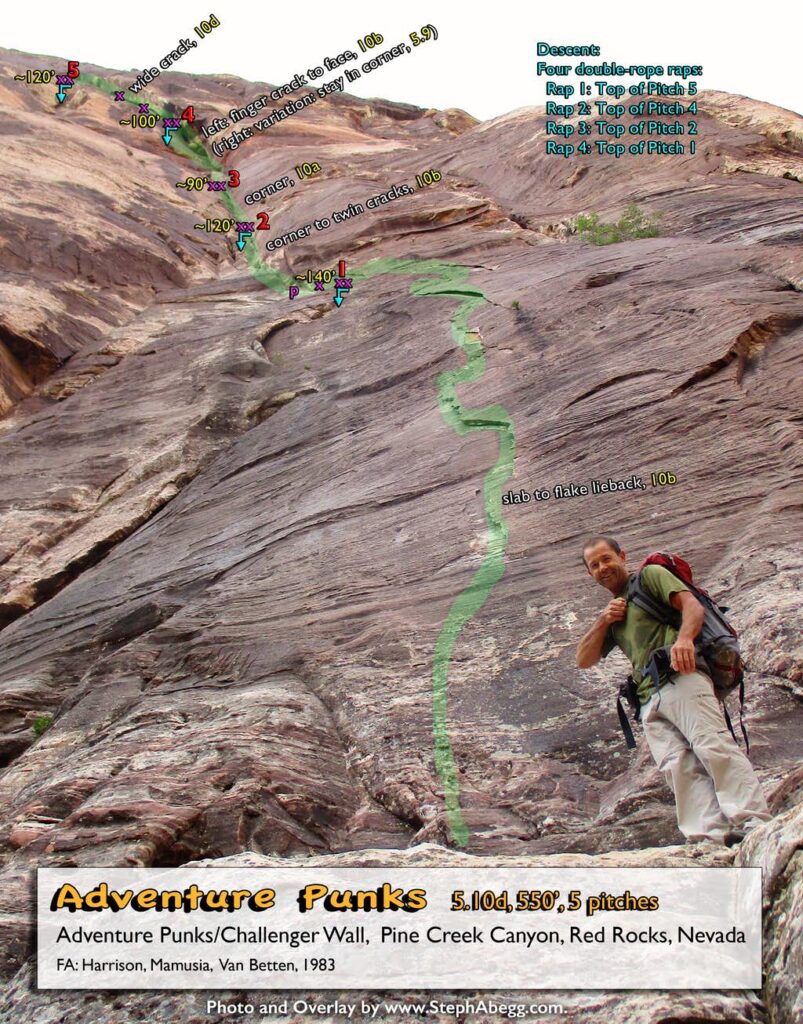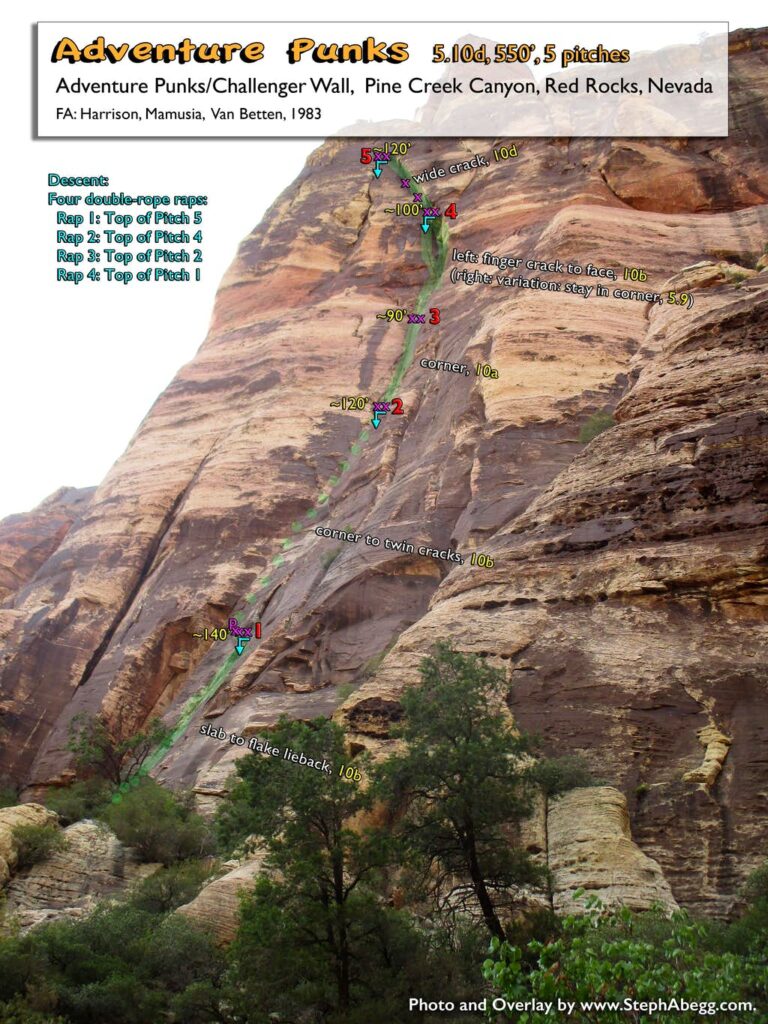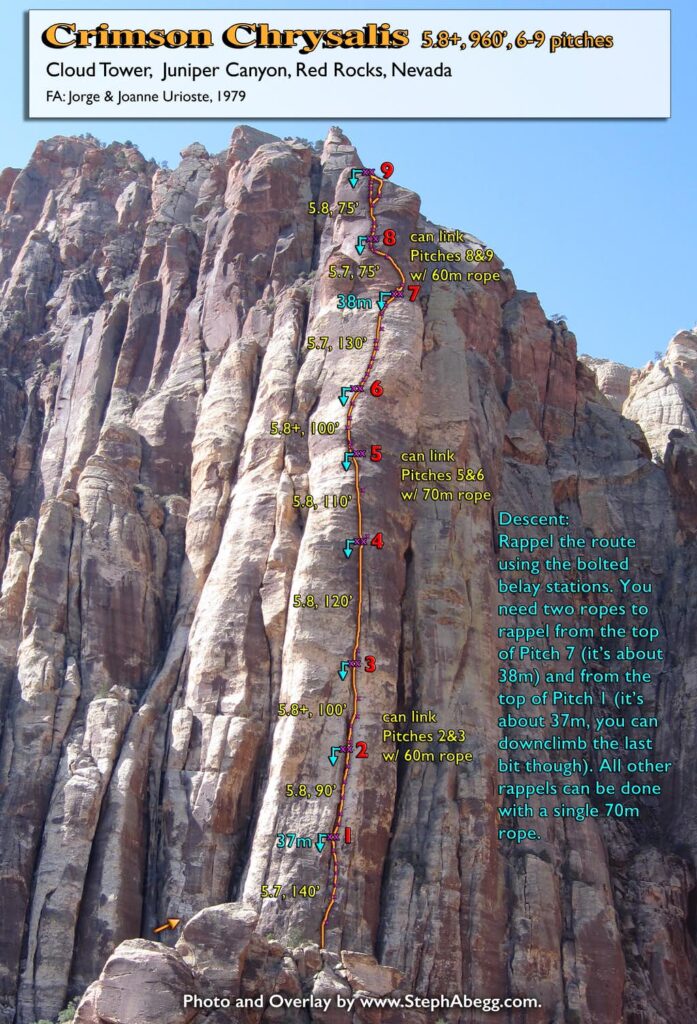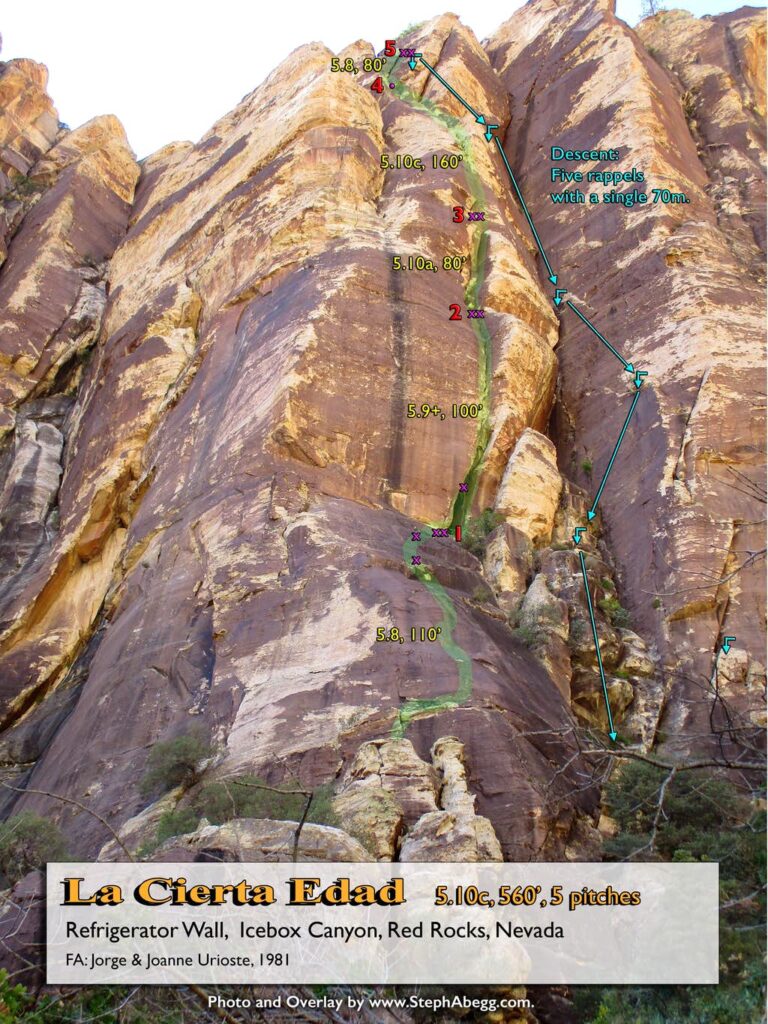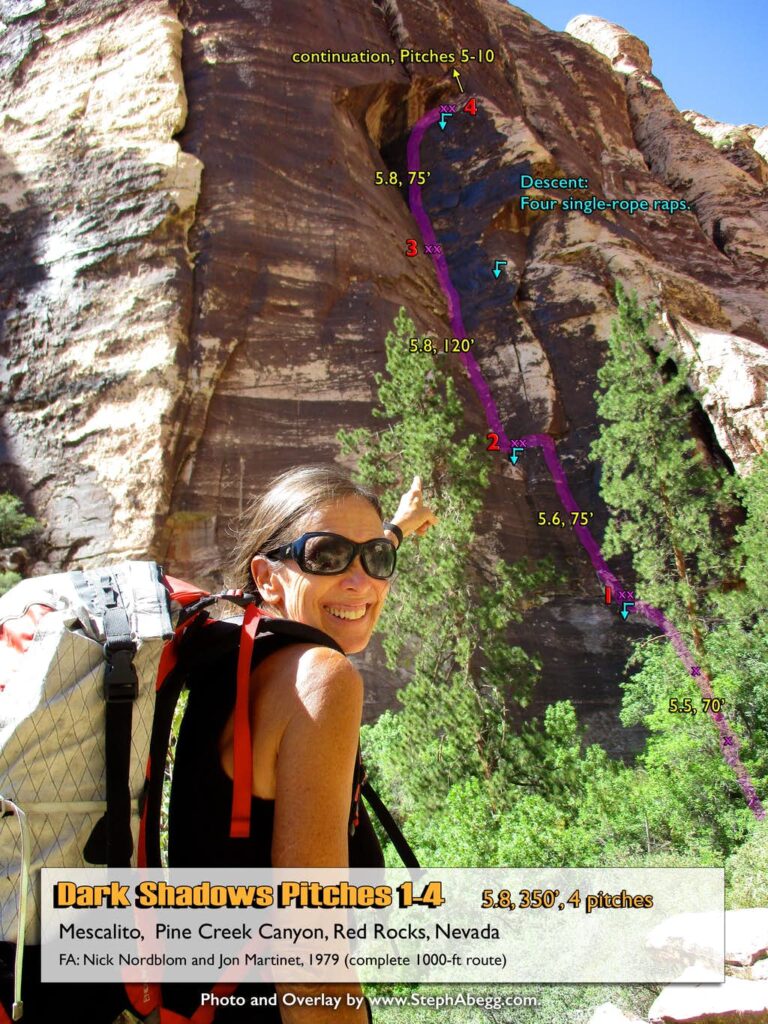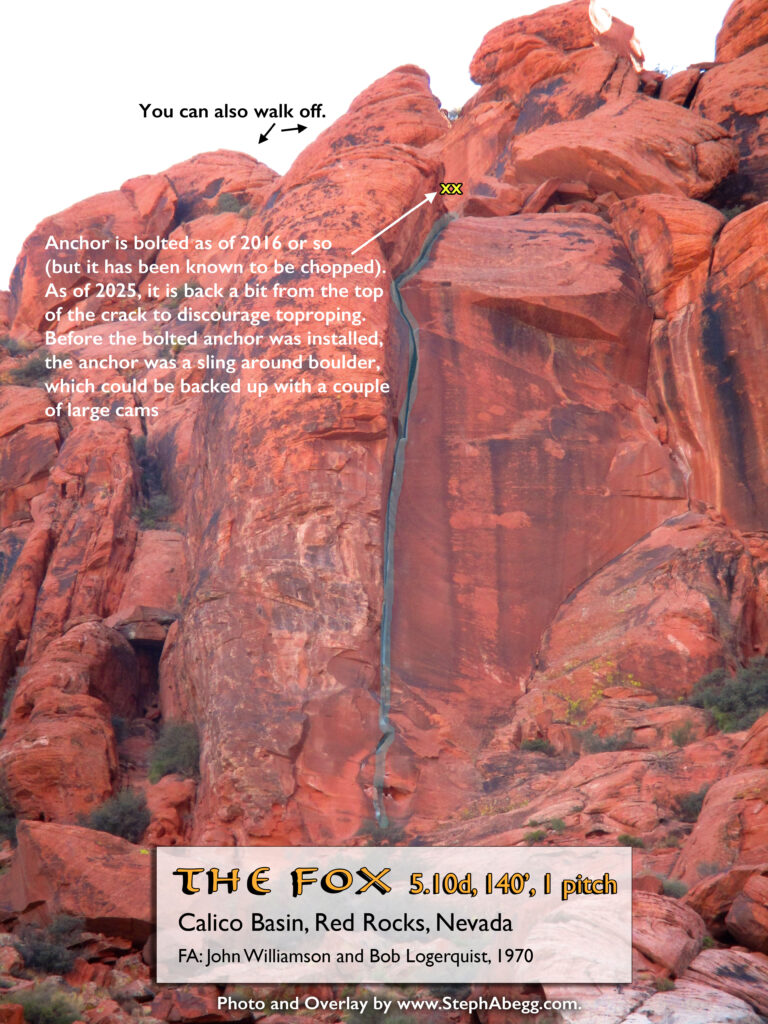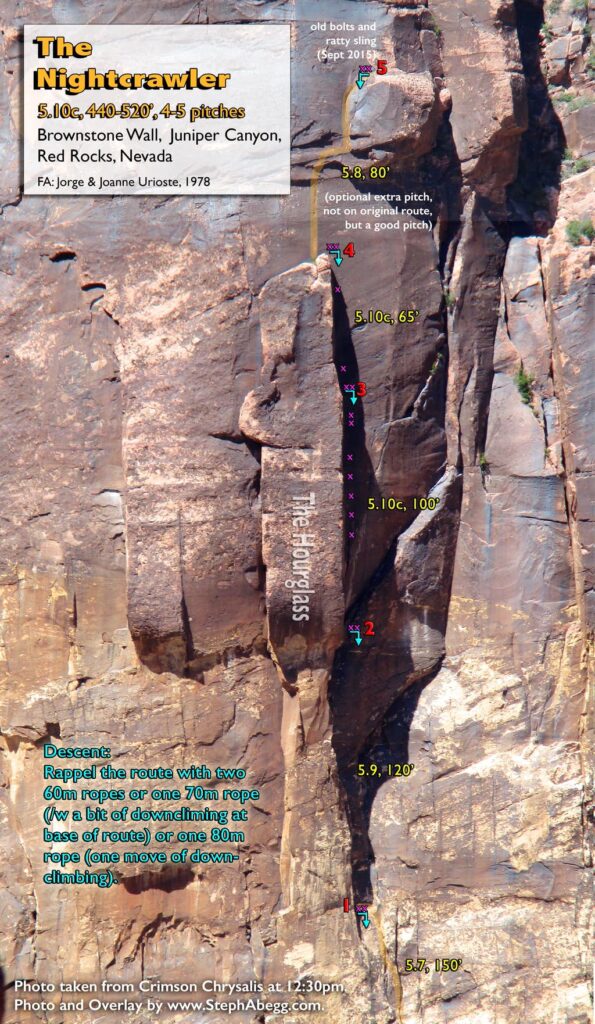Red Rocks Sept 2015
Routes:
- Adventure Punks (5.10d, 5p, 550')
- Crimson Chrysalis (5.8+, 6-9p, 960')
- Sour Mash (5.10a, 4-7p, 695')
- La Cierta Edad (5.10c, 5p, 560')
- Dark Shadows (Pitches 1-4) (5.8, 4p, 350')
- The Fox (5.10d, 140')
- The Nightcrawler (5.10c, 4-5p, 440-520')
- Cragging at Hidden Falls, Winter Heat Wall, Yin and Yang Cliff
- Exploring new rock...
11 climbs in 11 days - what a way to cap off the summer of climbing!
Region: Nevada
Elev: 4,000-6,000 ft
Rock: Aztec Sandstone
Mode:

Date(s): August 30 - September 10, 2015
Partner(s): Kenny Rathcke (Climb 1) / Sarah Inwood (Climbs 2, 4, 11, & cragging) / Nathan Petrosian (Climb 3) / Joanne Urioste (Climbs 5, 6, 7, & cragging) / Danny Urioste (Climbs 7, 8, 9, & cragging) / Rico Tan (Climb 10) / Jorge Urioste, Mili Hortezula, Kyle Willis (cragging)
